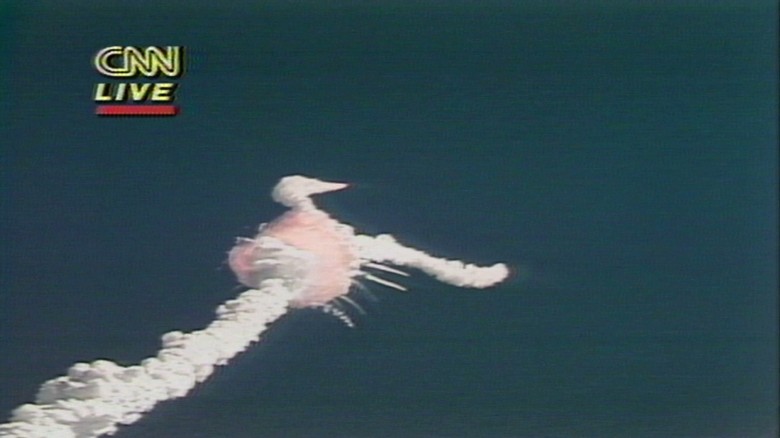

In response to the commission’s findings, NASA completely redesigned the space shuttle, initiated changes in quality control, and revamped its management culture.

The commission also concluded that flaws in the National Aeronautics and Space Administration’s organizational structure and decision-making processes had played key roles in the catastrophe.įor years, NASA knew that the O-rings did not perform well in low temperatures, but those concerns were set aside in the haste to launch, under pressure from NASA’s ambitious plans to expand its shuttle program.Īs temperatures dipped below freezing before takeoff, engineers from Morton-Thiokol, the firm that had designed the fuel boosters, warned NASA that the launch should not take place if the temperature dipped below 54 degrees. But a presidential commission investigating the disaster revealed that the O-rings were only part of the story. Initially, the explosion was attributed to the failure of O-rings on a rocket fuel booster. Christa McAuliffe, a high school science teacher from Concord, NH, was among the crew, and had promised to teach a class from the shuttle. The explosion stunned millions of viewers who had tuned in to see history being made. The Rogers Commission Report was written by a Presidential Commission charged with investigating the Space Shuttle Challenger disaster during its 10th mission, STS-51-L. On January 28, 1986, just 73 seconds after takeoff, the space shuttle Challenger exploded in the Florida sky, killing all seven crew members.


 0 kommentar(er)
0 kommentar(er)
